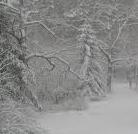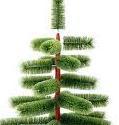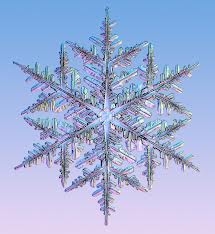… isn’t frightful. Well, not yet, at least. But it does seem as if we’ll be kicking off 2014 with some snow. And this, of course, will necessitate snow removal.
It’s no secret that we’ve got lots of ads for plows and other snow removal equipment. And if you’ve found yourself looking for a way to remove all that white stuff, you might have wondered what, exactly, is the difference between a snow thrower and a snow blower (or if there’s any difference at all).
Turns out, they’re two separate things. And the difference is pretty simple. As the name indicates, a snow thrower … well, it throws snow. It’s a single-stage operation; basically, the snow is thrown away from its undesired location in one movement. A snow blower performs an identical function, but does so in two steps: the snow is picked up, then fed through an impeller and finally thrown through a chute. It’s a two-stage operation.
Whether you’re a blower or a thrower (or even an old-school shoveler), we’ve got you covered. You’ll find snow throwers & snow blowers listed with Lawnmowers, Etc. and plows and shovels in Machinery & Tools.








